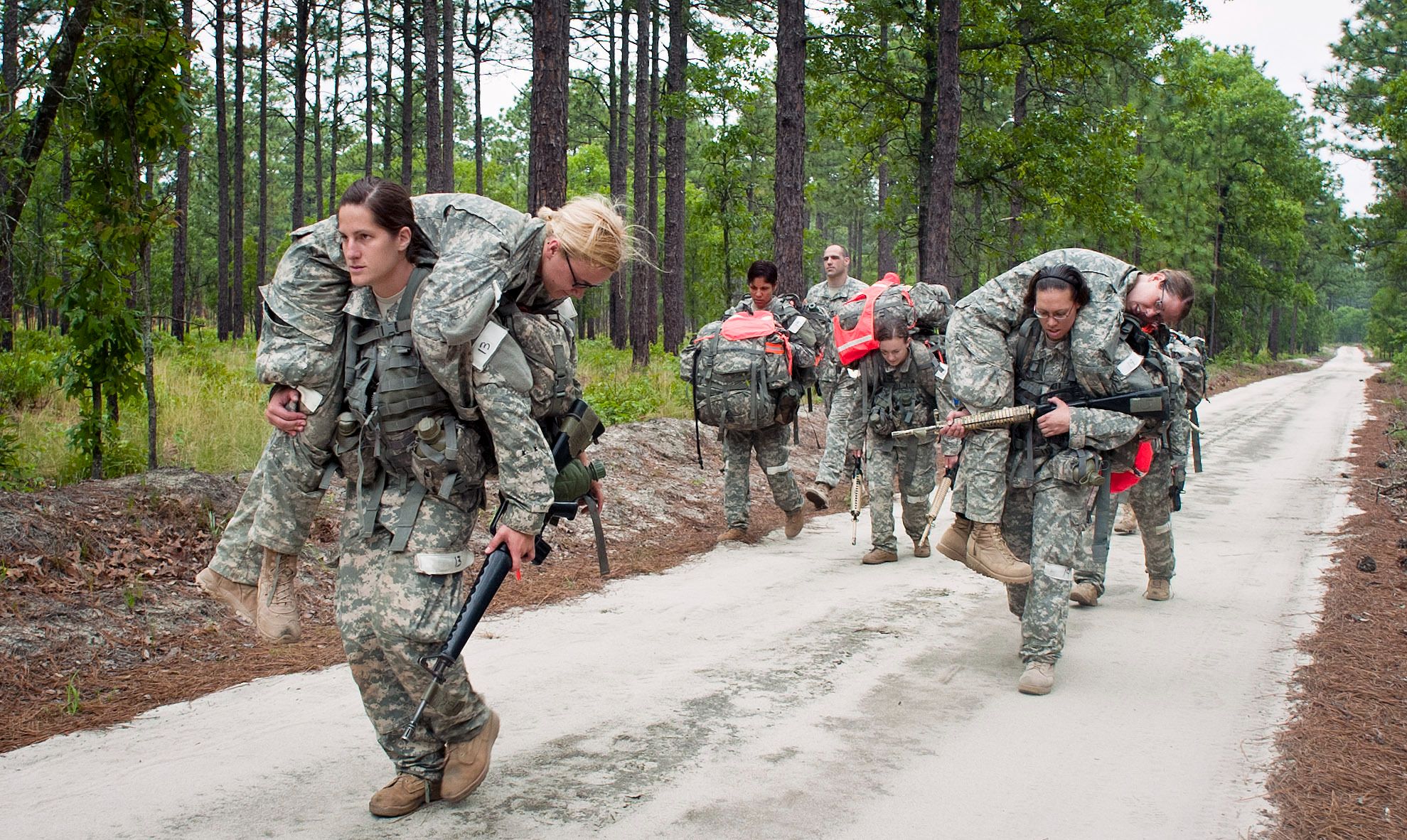Equal Opportunity and Capability: Many supporters of women in combat roles argue that women can and have performed at the same level as men in combat situations. With rigorous training, women can meet the same physical and mental standards required for combat. The argument is that gender should not be a barrier to opportunity.
Combat Experience: There are countless examples of women who have demonstrated extraordinary valor and leadership in combat. The most notable example is Army Colonel Martha McSally, the first female fighter pilot to fly in combat for the U.S. Air Force.
Operational Readiness: The ability to draw from the widest talent pool available enhances overall military effectiveness. Removing gender barriers ensures the military recruits the best-qualified individuals, regardless of sex.
Diversity and Team Dynamics: Increasing diversity in combat roles contributes to better decision-making, teamwork, and innovation. Gender diversity is seen as enhancing a military unit's overall cohesion and effectiveness.
Arguments Against Women in Combat:
Physical Demands: Critics like Hegseth argue that the physical differences between men and women (such as muscle mass, endurance, and physical strength) mean that women are less suited for certain combat tasks. Some claim that the nature of combat demands physical capabilities that, on average, women may not be able to meet.
Cohesion and Readiness: There are concerns that mixed-gender units might face issues related to unit cohesion and morale. Critics argue that traditional gender roles and physical disparities could lead to tension or disruption, potentially undermining military effectiveness.
Risk of Injury: Some opponents of women in combat roles worry that women are more vulnerable to injuries due to the physical intensity of combat environments. Others raise concerns about the added risk of sexual harassment or assault in high-stress situations.
Thousands of Women Serve in Combat Roles. Pentagon Nominee Hegseth Says They Shouldn’t

The statement made by Pete Hegseth, a Pentagon nominee, that women should not serve in combat roles has sparked considerable controversy. This debate touches on issues of military readiness, gender equality, and the evolving role of women in the armed forces.
Women have been officially serving in combat roles in the U.S. military since 2013, when the Department of Defense lifted restrictions on women in combat positions. Over the past decade, thousands of women have taken on roles in infantry, artillery, and other direct combat fields. Female service members have proven their capability in a range of combat environments, from the frontlines in Iraq and Afghanistan to high-stakes operations in various military engagements.
Pete Hegseth, a former Army officer and outspoken conservative commentator, has expressed his opinion that women should not serve in direct combat roles. His position is likely shaped by his belief in traditional gender roles and concerns about the physical demands of combat. Hegseth has made similar statements in the past, emphasizing that men and women are inherently different in ways that may impact their effectiveness in extreme combat situations.
Arguments for Women in Combat:
In practice, the integration of women into combat roles has already occurred in many parts of the U.S. military. There have been no major incidents that suggest women are not capable of serving effectively in combat. Indeed, women have served in direct combat in previous conflicts, often under dangerous conditions, and have demonstrated remarkable resilience.
The debate over whether women should serve in combat roles is ongoing, with strong arguments on both sides. However, the reality is that many women have already demonstrated their capability in combat situations, and most military leaders argue that the focus should be on ensuring that all service members—regardless of gender—meet the necessary standards for combat roles. As society continues to evolve, so too does the role of women in the military, and the Pentagon's future leadership will likely continue to address and refine policies related to gender equality in combat.
The statements made by Hegseth and other critics reflect broader cultural discussions about gender, roles, and equality. However, the military’s commitment to performance standards, rather than gender, may ultimately guide the direction of policy on this issue.
 Latest news
Latest newsThe War Reaches the Caspian: Ukraine Strikes Russia’s Oil Infrastructure
12.Dec.2025
Georgia and the European Union: Transformation of Foreign Policy in the Context of European Integration
11.Dec.2025
Half of Azerbaijanis’ Income Goes to Food: Hidden Causes and Possible Consequences for the Economy
11.Dec.2025
Ukraine on the Threshold of a Political Shift: Updated Peace Plan and Zelensky’s Statement on Readiness for Elections
10.Dec.2025
Russia Proposes New Medal for Evacuating Bodies from Combat Zones
09.Dec.2025
The Shadow of Kadyrov in Yerevan: How a Woman Who Fled Violence Was Killed?
09.Dec.2025
Ukraine is Strengthening its Army amid a Growing Threat
08.Dec.2025
Ukraine Strengthens Its Army Amid Growing Threats
08.Dec.2025
Moscow and Beijing Conduct New Air-Defense Drills: What Lies Behind the Strengthening of Their Joint Shield?
07.Dec.2025
Russia–India: A New Architecture of Partnership. What Stands Behind Putin’s Visit to New Delhi?
06.Dec.2025

 16 Dec 2025
16 Dec 2025








